Life has seriously got in the way of gardening this year. But even though my garden has been almost totally neglected since February, I am amazed at the abundance of food it is producing. It's full of veges I didn't cultivate, and herbs and fruit that just keep on coming, as well as wild foods.
And it reminds me of these wise words from The Resilient Gardener by Carol Deppe:
These days, we tend to design our gardens and our gardening for good times, times when everything is going well. That isn't what we need. Reality is, there is almost always something going wrong. Hard times are normal. My experience of gardening while caring for my [terminally ill] mother helped me realize that I needed to garden differently. My garden needed to be designed around the reality that life has its ups and downs. It has good times and bad. How to garden in the best of times was not the issue. I didn't need a "good-time garden." I needed to understand more about how to garden in the hard times. I needed a more resilient garden. And I needed a garden that better enhanced my own resilience, in all kinds of times, good and bad.
You see, this year I planned to do plenty of gardening. To keep on top of the weeding and compost making and spreading, the planting and harvesting and pruning. But I didn't count on a series of life events that made this near impossible. This year, 4 of my 5 kids have left home and/or moved away, 1 got married, and then my dad passed away suddenly, leaving me as executor with all the responsibilities of organising his funeral, and taking care of his fairly complicated estate. On top of which, we were burgled, and my autoimmune disease has been in full flare, making every day life extra difficult. When you add in my nearly full-time responsibilities in advocating for and mentoring home educators, as well a bookkeeping for my husband's business and looking after our 65 odd animals, it's little wonder my garden has been neglected!
And yet, now I am finally spending some time in the garden, clearing beds, reclaiming the jungle, and actually doing some deliberate planting, I am so thankful that my garden, even in my essential absence, has kept right on growing food, including a lot of things I didn't plant as such. Before we take a look at what foods (and potential foods) I can find in my garden right now, let's talk about what a resilient garden is.....
To me, a resilient garden system is one that:
- Provides us with a wide array of nutrient dense foods
- Whose output (food and useful products) is considerably greater than the required inputs (time, effort, money)
- Is set up in such a way that it can survive and thrive even when the gardener is unable to tend it
- Contains plants that will keep on regenerating and producing without the direct action of the gardener
- Produces abundant viable seed that can be saved, stored, shared and replanted
- Minimises the work needed by the gardener to keep it producing well
- Whose foundation - the soil and it's life - is continuously being built and improved by the system itself
- Provides food, shelter and habitat for beneficial creatures that do a lot of work for the gardener by controlling pests and diseases, pollinating fruits and veges and generally improving the overall well being of the system
| Yesterday I was clearing an overgrown garden bed in order to ready it for planting. In doing so, I was *forced* to harvest a bowl full of potatoes (self-grown from left overs of a crop from 3 years ago), a basket full of broad beans (self sown from broad bean stalks I thought I'd stripped before using them as mulch around some watermelons), a whole bunch of calendula flowers (perfect in a salad or for making healing salves), some dahlia tubers (they're edible, though I plan to replant them elsewhere), and some yacon. All thriving despite my complete neglect and the weeds that were growing throughout the bed. This reminded me I have much to be thankful for in my garden jungle. Let me walk you through what I can find there now.... |
| Trees: fruitful trees are a great backbone to any garden. Over the last 3 years since I started my garden I have planted some here and there. Right now, there are 5 varieties of apples and 2 pears forming fruit. The double-grafted cherry looks like it's going to have a good crop. The damson plum I planted from a root sucker is going to have it's first crop. The fig has figs fattening up, the quince in the paddock is going to have a heavy crop, the feijoas are about to flower and will hopefully bear well (last year they had THE most delicious feijoas I've ever tasted - being positioned for the run off from the compost bins has something to do with that I'm sure!), and the lemon is still fruiting and flowering, as is the lime, and the orange and mandarin trees are flowering again now too. Even the neglected baby pomegranate in a pot I was sure I'd killed by leaving out over winter has made a come back (though may not fruit this year). The chestnut tree hanging over the boundary is flowering and will be tossing it's nuts everywhere in months to come. The willow on the boundary can provide pain relief as well as natural rooting hormone and plant growth stimulants, and it and the poplars help feed the soil and the sheep, who in turn feed us, as well as providing leaf litter that increases the populations of worms and bugs, which the chickens and ducks devour with relish, and give us eggs in return. |
| Bushes: The red currant has ripening fruit, as does the 8 blueberries. My 8 or so blackcurrants are in full flower and should have good crops, and the 6 Chilean guavas (aka NZ cranberries) are flowering now too. The gooseberry has ripening fruit, though not in the same quantity as last year, but the baby one in a pot is working hard to outdo it! |
| Vines, canes and brambles: My old grapevine is covered in flowers that foretell much fruit, and so is the young one I planted on a whim next to a fence - where it's trying to conquer it's corner of the world. The stauntonia flowered but I don't think will fruit, and the young kiwifruit vines are growing well. Meanwhile, the raspberries and boysenberries have proliferated and created their own dense jungle of thorns, flowers and fruit. I'm really going to have to sacrifice some to gain full access to the rest! A blackberry I meant to dig out has set up shop again in one corner and will produce well, if I let it. There are strawberries everywhere - white alpine ones are spreading wherever they can (I've been picking and eating their sweet fruits most days), and normal red ones are coming up again under the blueberries and Chilean guavas, but have also replicated themselves in odd spots - such as growing out of a log in another part of the garden! Homegrown strawberries ALWAYS taste WAY better than bought ones! The self-sown hop vines are climbing back up over the chook run for the 5th or so year in a row; their hop flowers are an excellent sleep aid, and could be used for brewing beer if you were so inclined. |
| Herbs & flowers: The sweet-leafed fennel is already providing abundant leaves for flavouring dishes, and will soon start producing a ton of seed (great for cooking and home remedies). Lovage and sage are determinedly raising their heads above a jungle of couch. Calendula is dotted here and there. Parsley is everywhere! Chives are abundant, I have more rosemary than I can ever use, the oregano, pizza thyme and common thyme are all looking lush, and there is a patch of garlic chives over there.... Lemon balm is growing vigorously in various places, and the lemon verbena smells heavenly and tastes great as a tea! I shall never want for mint or spearmint, and the lavender is abundant. Soapwort has come back up for the third year - it's delicate flowers look lovely, and it's roots and leaves can be used instead of soap. I have plenty of nasturtiums and borage flowers to add to salads from here until eternity, as well as rose petals and geranium flowers. If I, or the critters, need worming or delousing there is plenty of wormwood to go around. The comfrey is lush and ready to use in the garden or for it's healing properties. Self-sown cornflowers are popping up here and there too; their pretty flowers are edible but rather bland. The self-sown pansies and voilas that are dotted here and there also make lovely salad garnishes. And the dahlia tubers are all over my garden, about to regrow and multiply. Dahlias are super easy to grow from seed and add lovely colour to the garden - bees love them! |
| "Weeds": Huge dock specimens provide nutrient laden compost ingredients or garden mulch. The leaves can also be eaten similar to silverbeet, but due to it's high oxalate content should only be used in moderation. Plantain (broad and narrow leaved varieties) have come up all over the place and stand ready to serve if anyone suffers a bee sting or insect bite, or needs a cream for nappy rash or eczema. Dandelion and puha are abundant, and I have lush crops of chickweed (edible and nutritious) in various places. Miner's lettuce, that delicious, slightly crunchy and succulent vegetable "weed," is plentiful, and the edible flowers of white and red clovers are everywhere, while the plants themselves are adding nitrogen to my soil and are excellent for compost or mulch. Self-sown hawthorne trees provide edible leaves and berries with health properties, and fumitory is abundant should I need it's healing powers. That fuchsia that keeps insisting on re-growing out from under the house has edible flowers and berries, and the cleavers that are climbing their way over various things are also edible. And parsnips. Boy, they are a weed in my garden! They self-sow everywhere, and grow with abandon, as well as provide excellent rough mulch to protect tender watermelon plants and other seedlings one wants to keep the birds from digging up. Even the afore-mentioned broadbeans and potatoes can be considered weeds, since they are plants growing where I don't want them, but meanwhile they are producing good food, so who am I to complain? |
| Vegetables: Garlic and shallots were the only things I actually planted over winter; they are doing well. The beetroot I should have harvested months ago are now going to seed, but that's ok since they were the last of my favourite variety and I will save seed from them for the next crop. The silverbeet I planted a year ago has kept on producing and producing, and is now about 2.5m tall and going to seed. But unlike a lot of crops, it still gives when flowering - the small leaves growing all up the stalks are perfect for making salads and smoothies. I'm cutting the flower heads off them all so they won't cross pollinate with the beetroot, and have just planted new seedlings; once those are established I'll remove the old plants. There are also a whole bunch of "wild" silverbeet and perpetual spinach plants sprinkled around the place - a legacy from the ones that I saved seed from a few seasons ago. As well as the self-sown broadbeans, I do have a bed of deliberately planted ones I put in a couple of months ago; they are now flowering well and have baby broadbean pods starting to develop. The long neglected but faithful rhubarb plants are putting forth big leaves and stalks, and the spring onions from last spring are still going strong. There are wonderful leek and celery specimens that self-sowed next to the compost bins, and more potatoes here, there and everywhere. The bins of them I never harvested are happily regrowing, and with the addition of some compost to feed them should produce even more than they would have last season. Yacons multiply themselves every season - producing an abundant crop of edible tubers and more and more crowns from which they regrow. They are now sprouting away happily; if I wished I could still dig them up and harvest some tubers, but I'll leave those now to feed the new plants. Last year's radishes spread some of their seed - a huge specimen is now flowering next to my broadbeans, and I'm looking forward to picking the young seed pods to add to my stir-fried vegetables and salads. I've been pulling out self-sown broccoli seedlings too, and I see tomato seedlings popping up here and there. No doubt, if I had not been so diligent about NOT putting pumpkin or zucchini seeds in the compost (I give them to the chickens; a nutritious vermicide, or roast and eat them myself), I'd have lots of those growing everywhere about now too. And the self-sown popcorn cobs I discovered while weeding one patch are now safely harvested; some I have re-sown, and the rest I will pop and eat. |
I've probably forgotten a bunch of things, or will discover more as I continue to weed and clear beds for new season planting, but as you can see, my garden has an abundance of food and other useful products, even though I've neglected it for most of the year! There are really only three things I wish would not grow in my garden - couch grass, creeping buttercup and convolvulus - the rest all have their uses! (Ok, I can use mown couch for compost, but still, I'd rather be without it!)
I'm very thankful for my edible garden, it's natural resilience, and all it's determined efforts that feed me and my family!
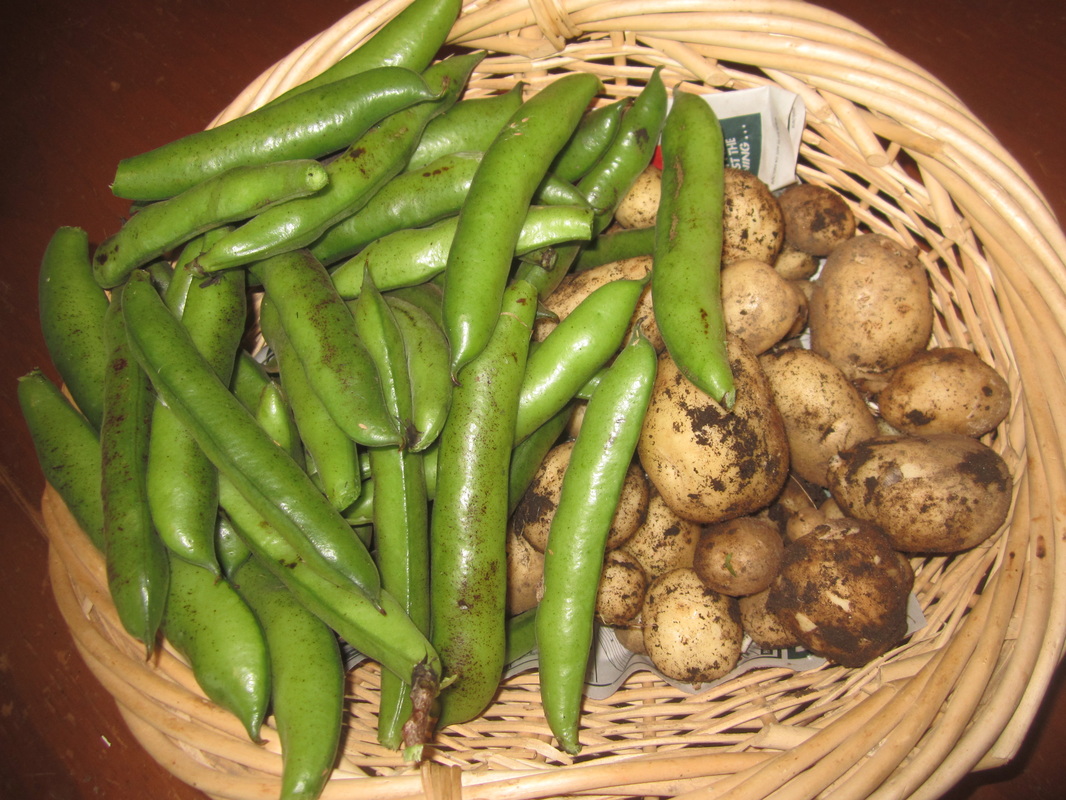
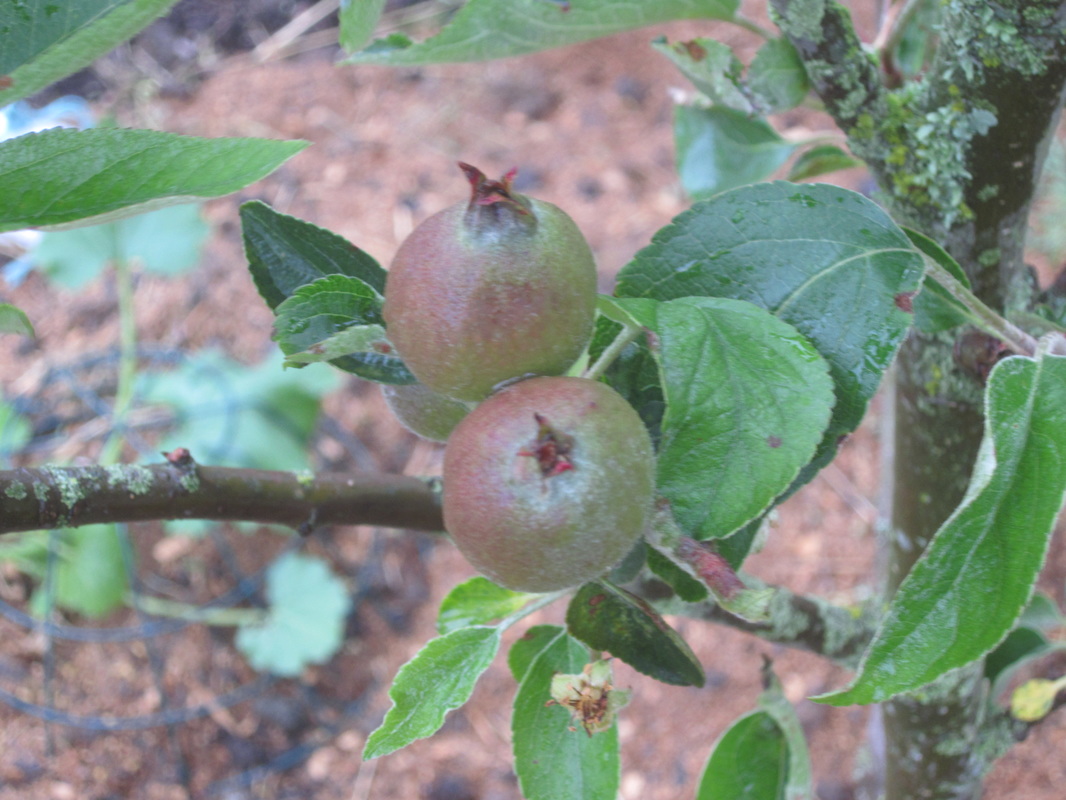
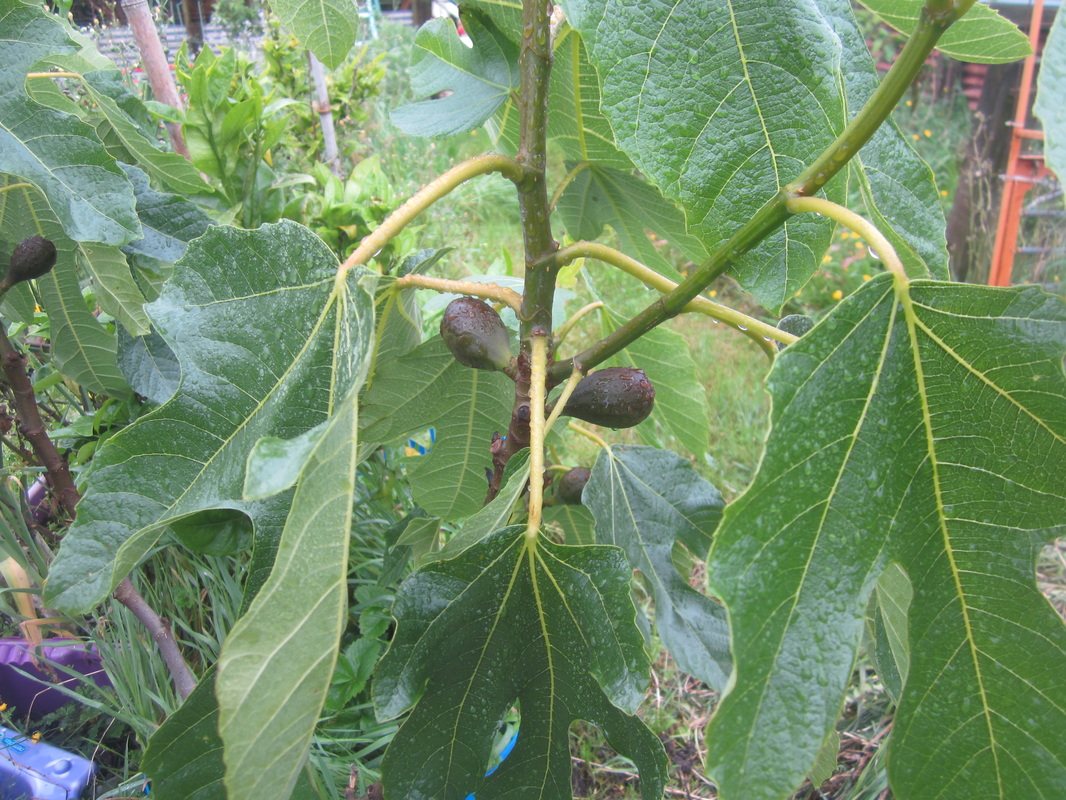

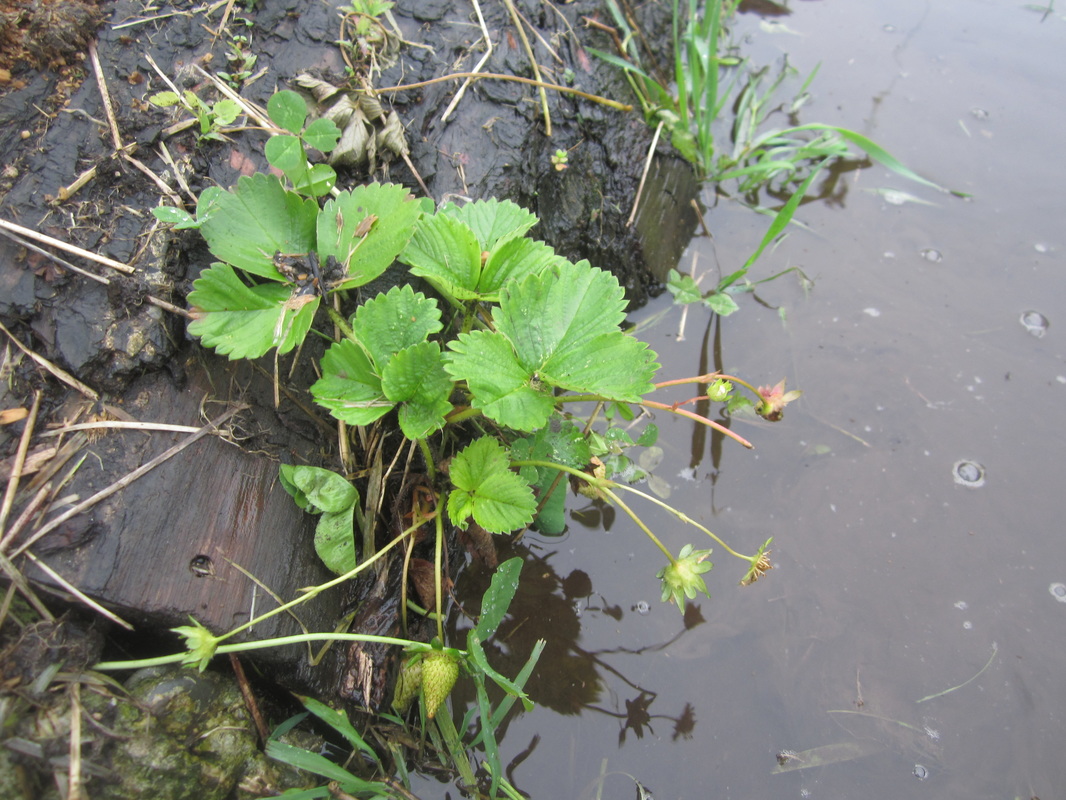


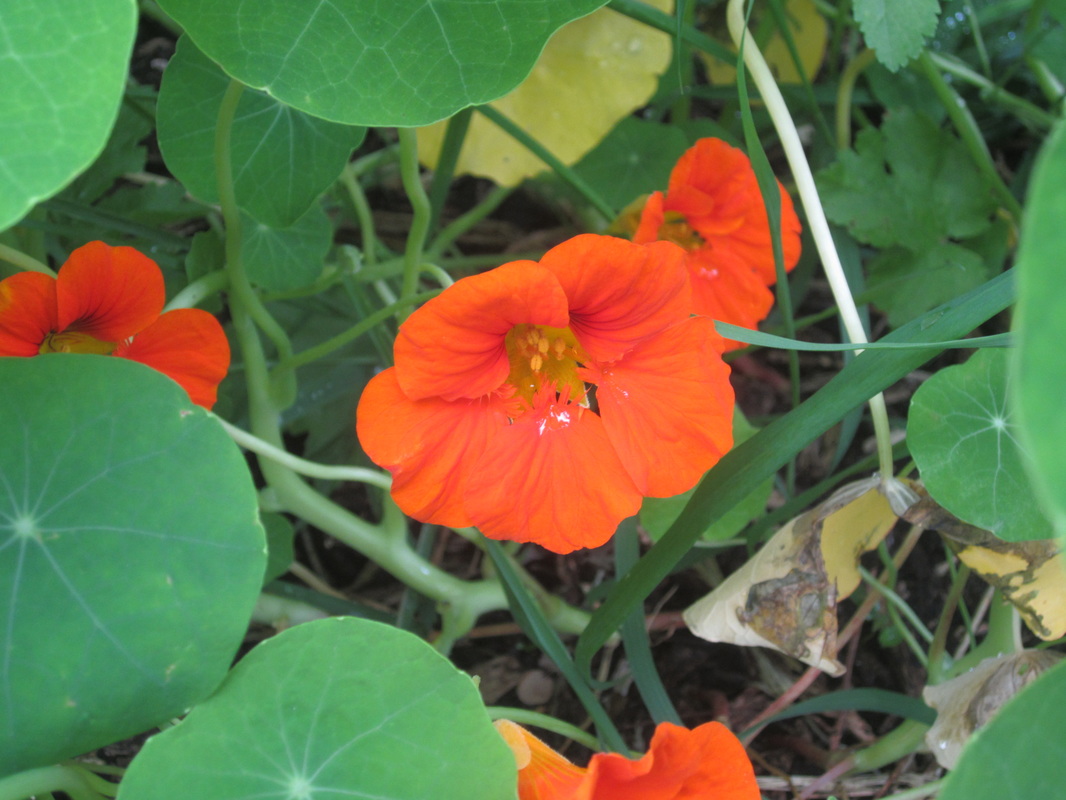
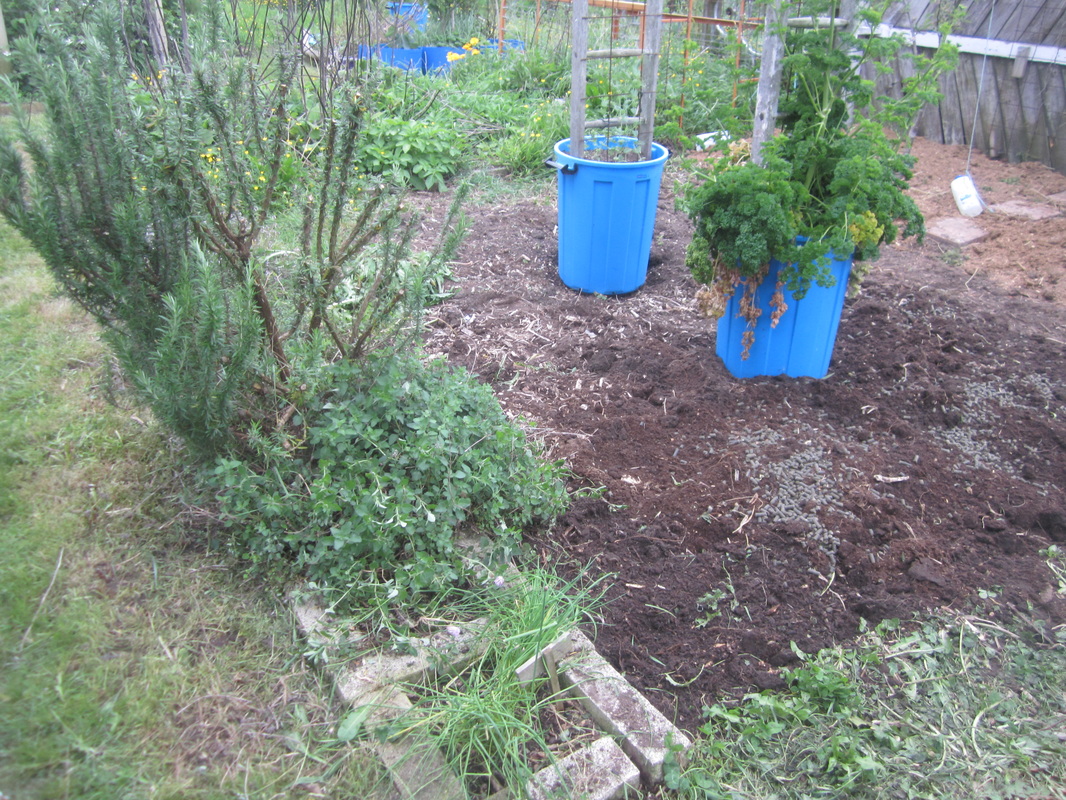
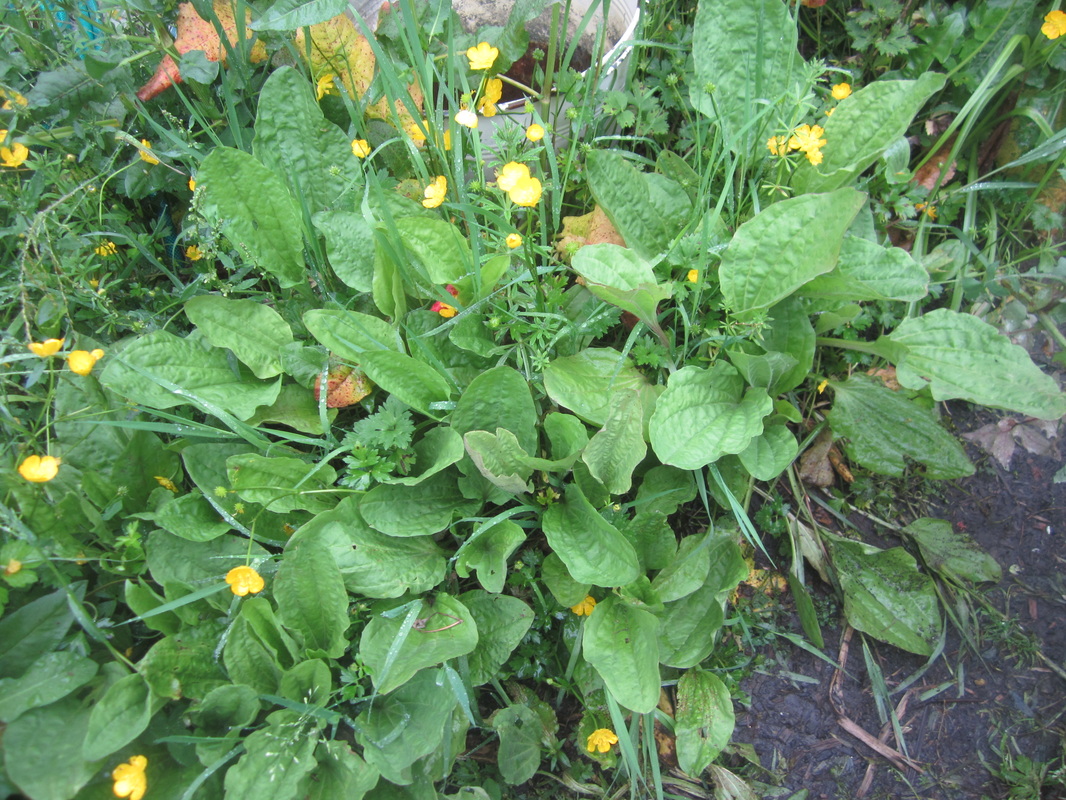
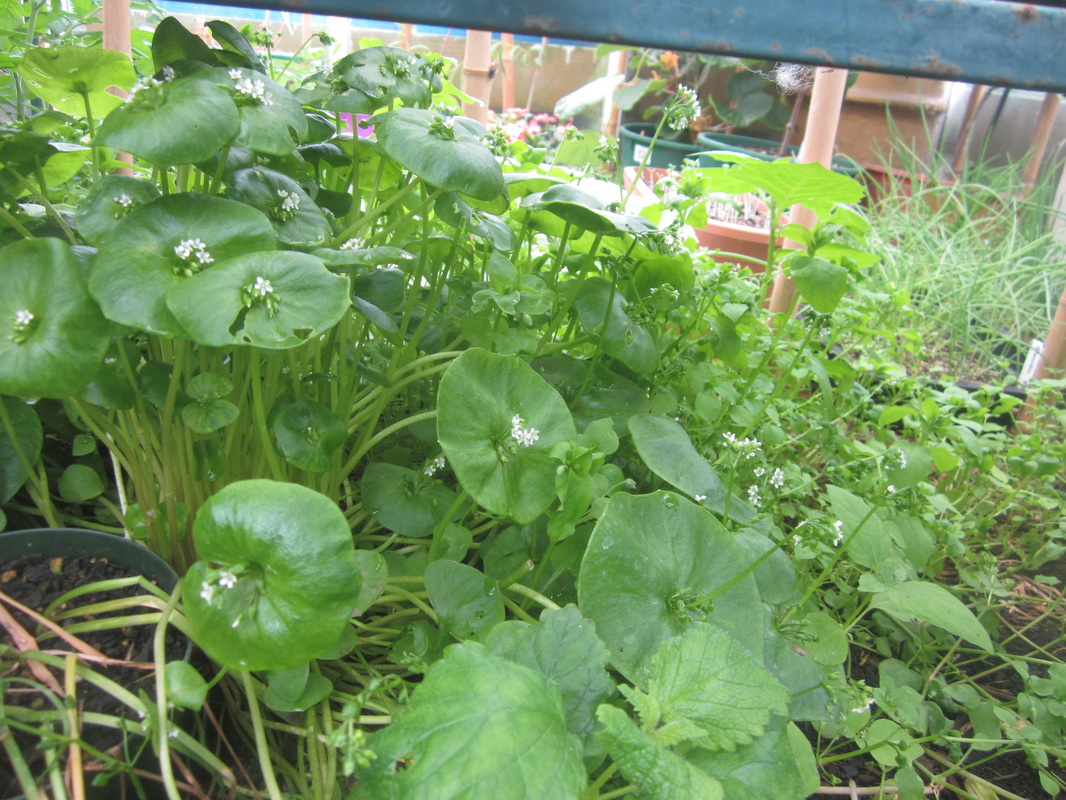

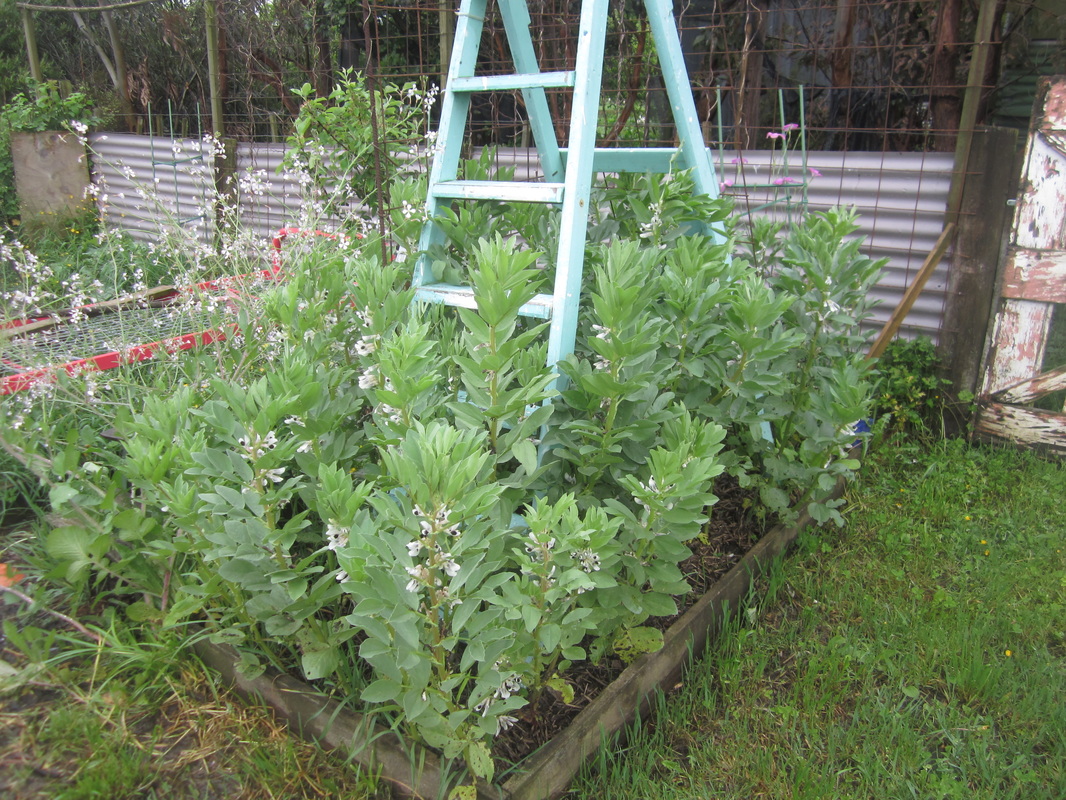



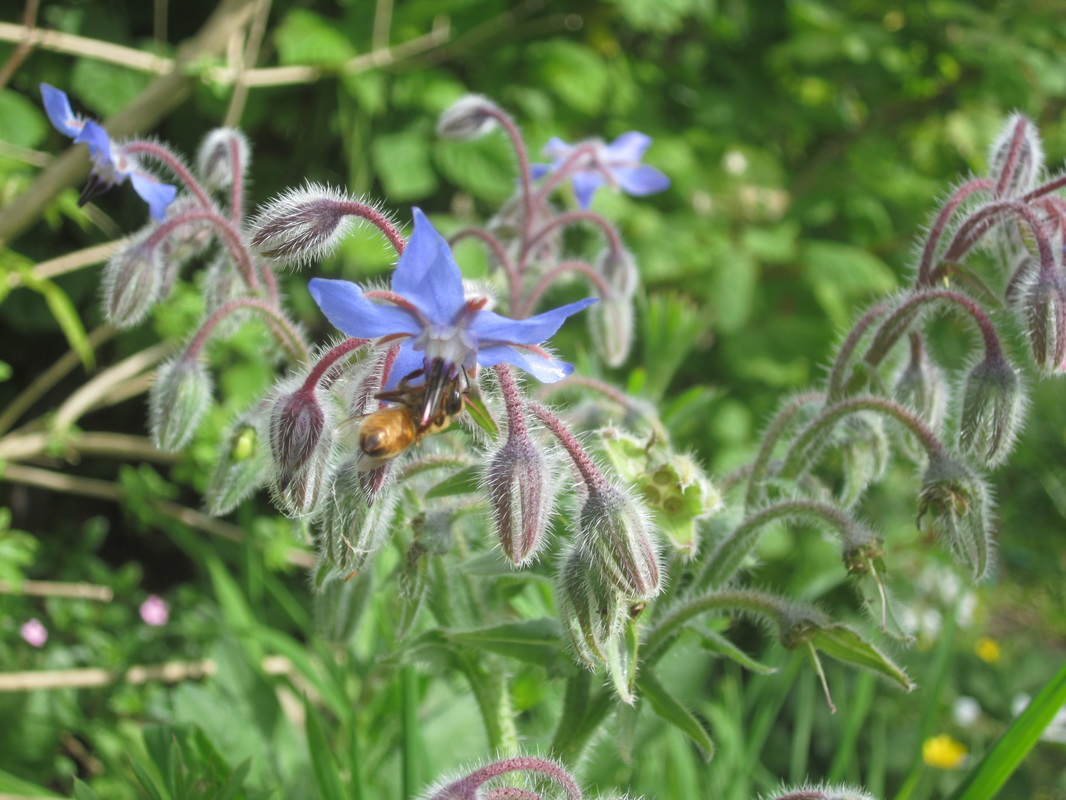



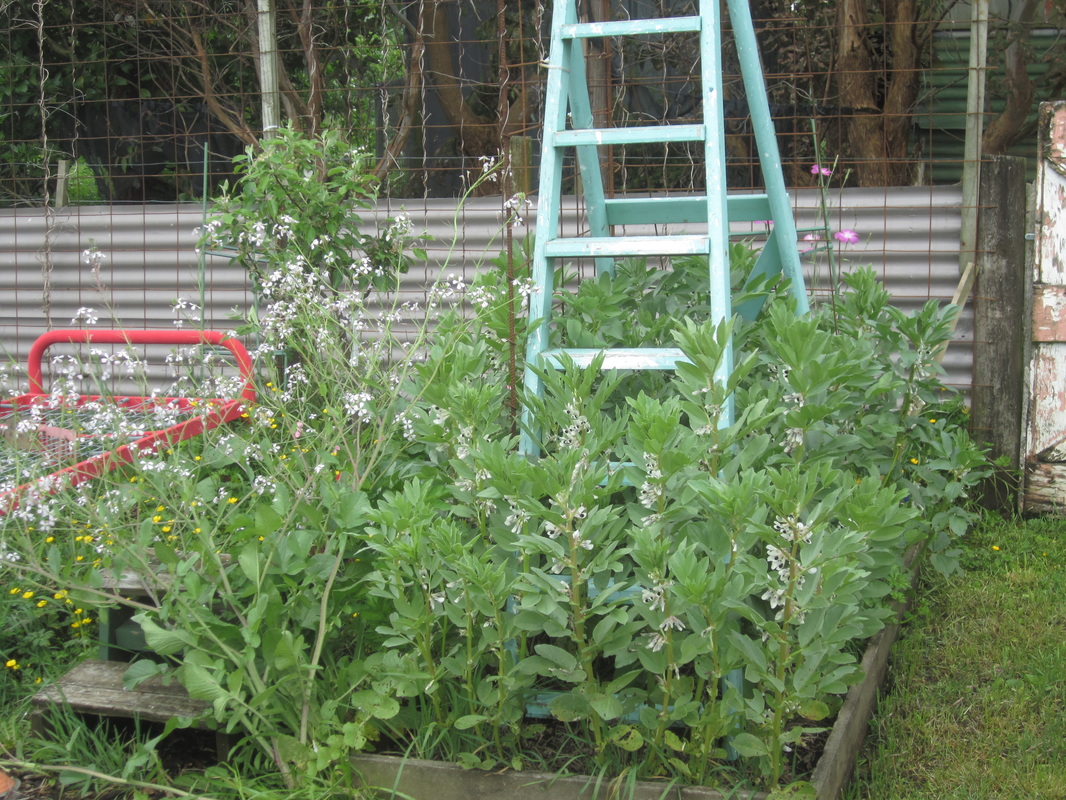
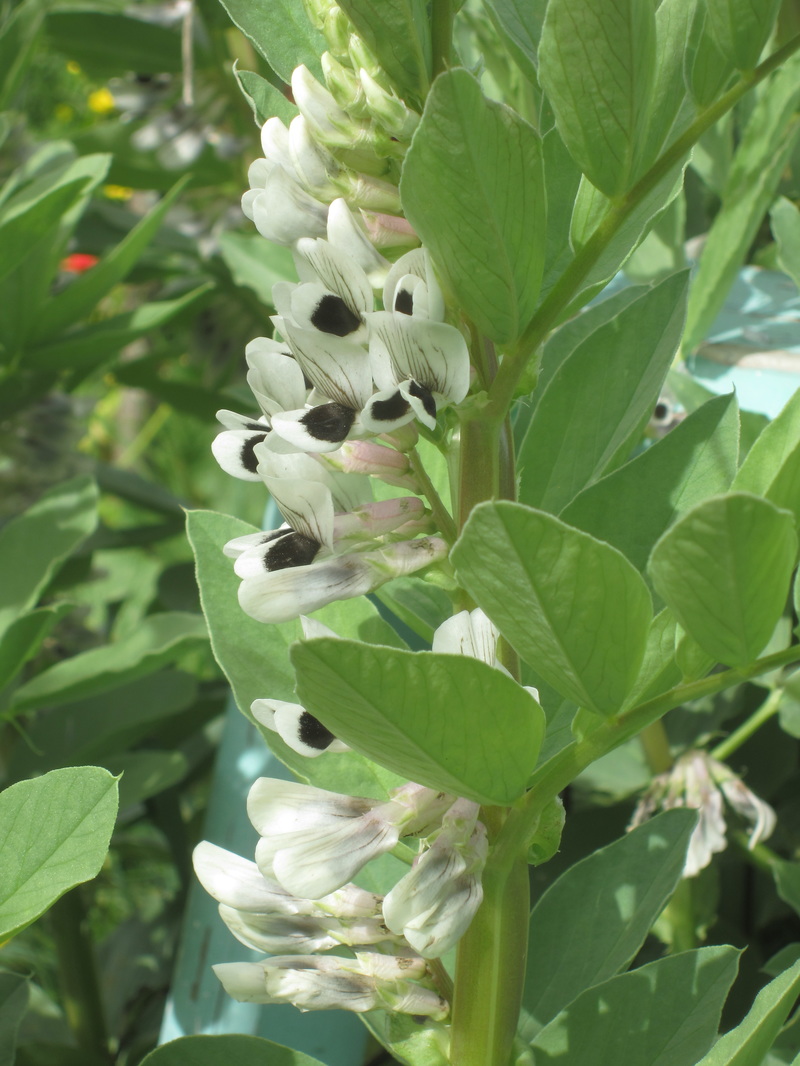
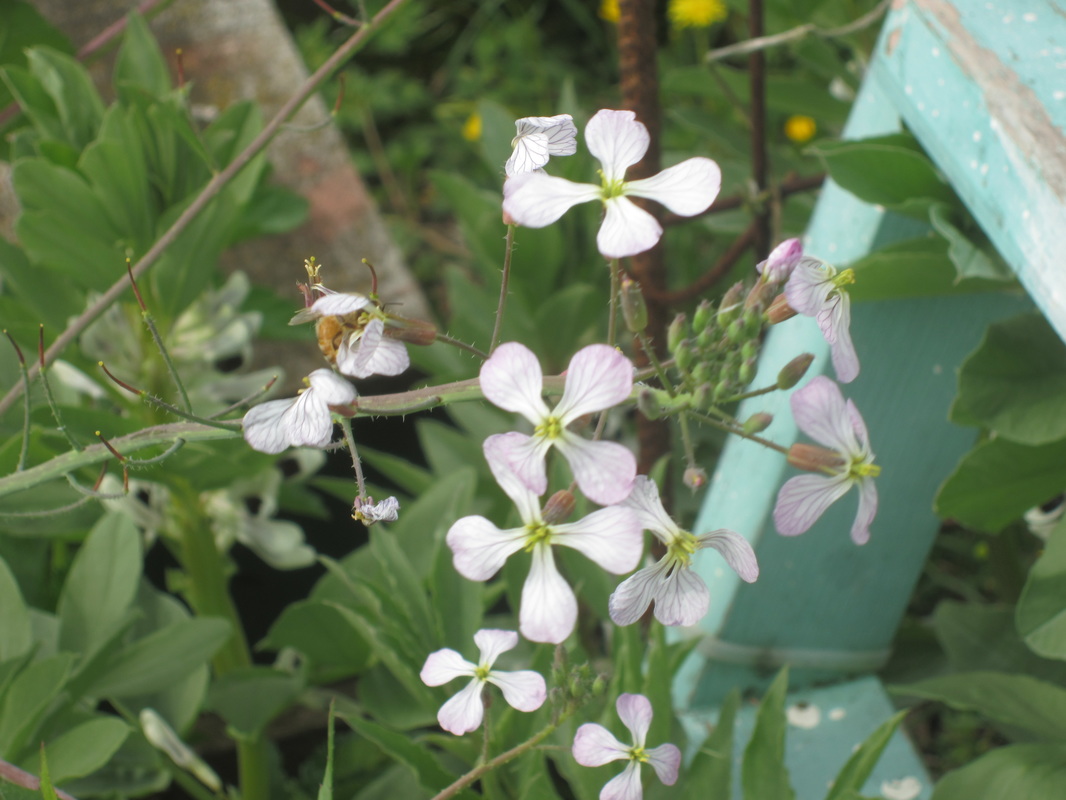

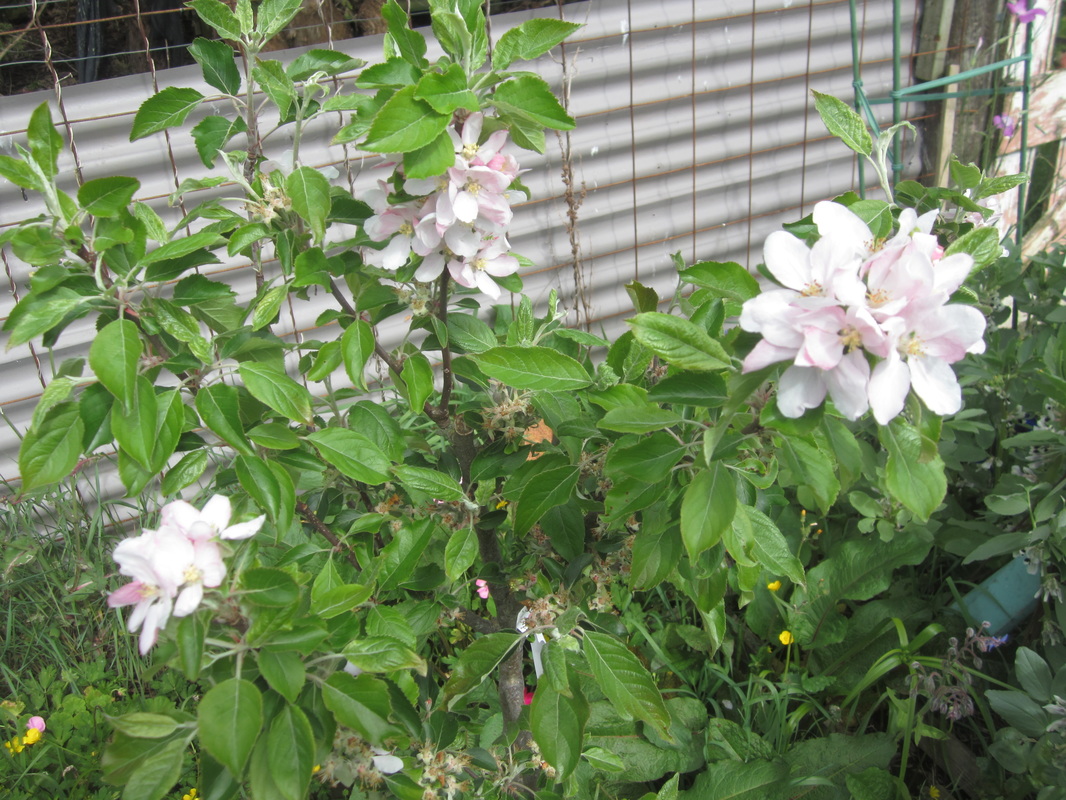
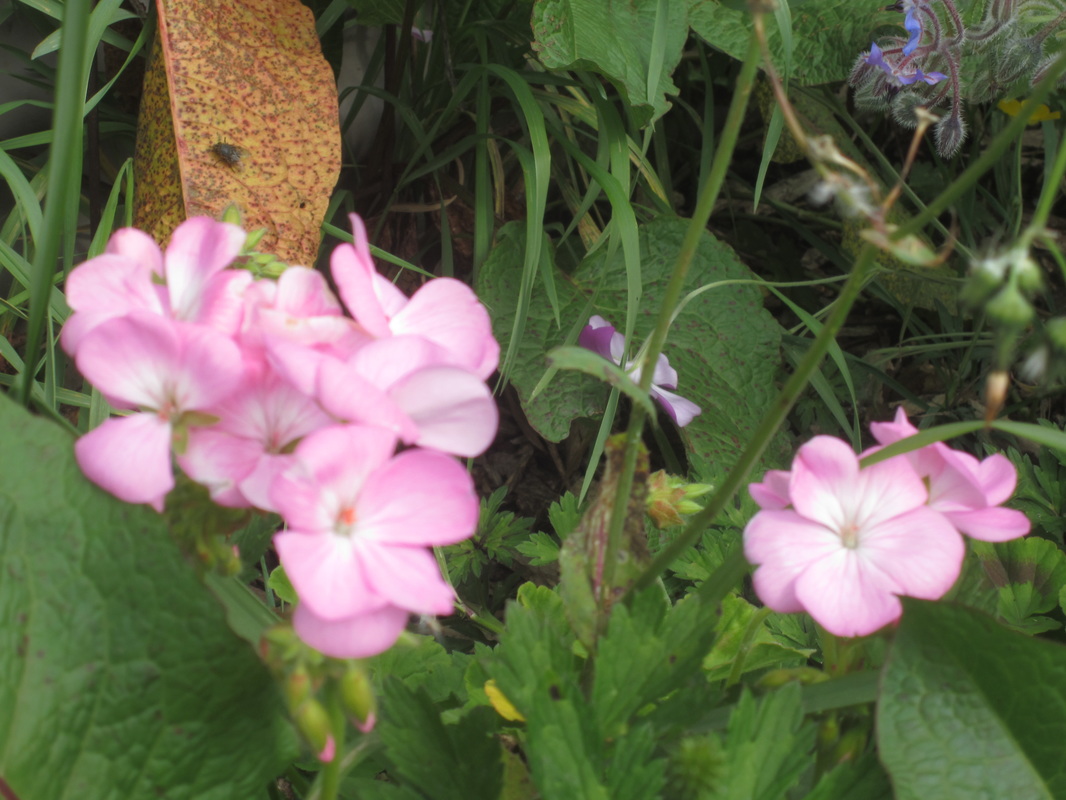
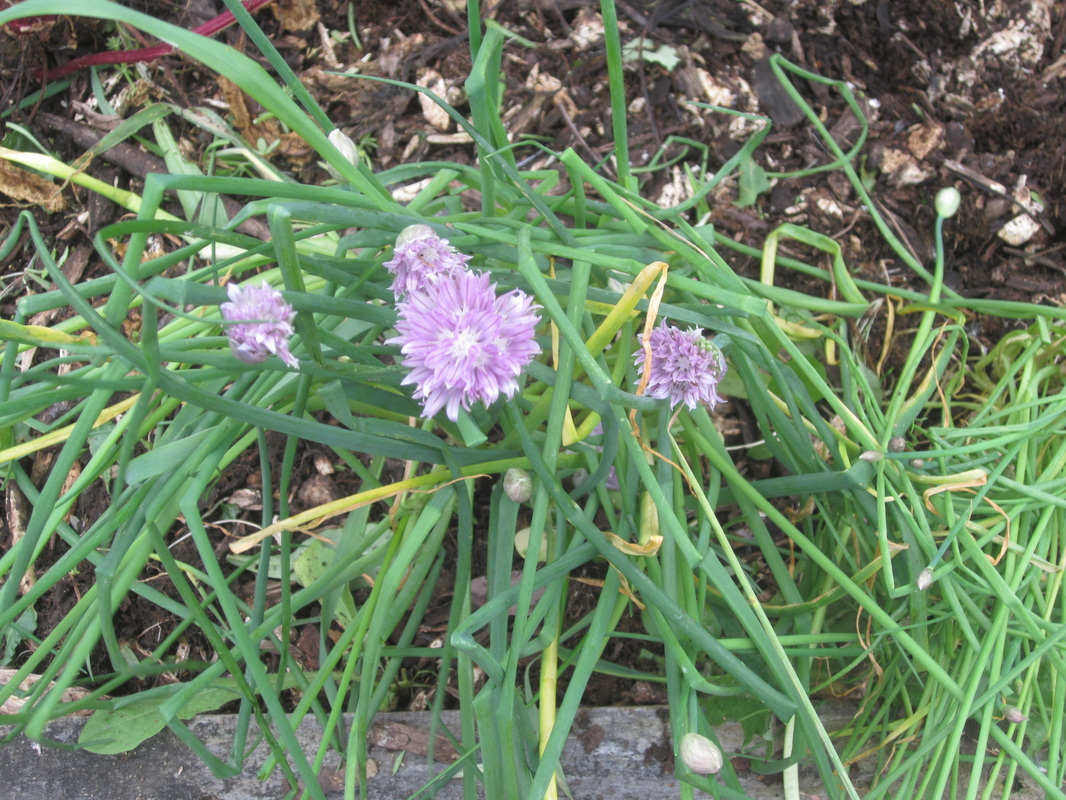
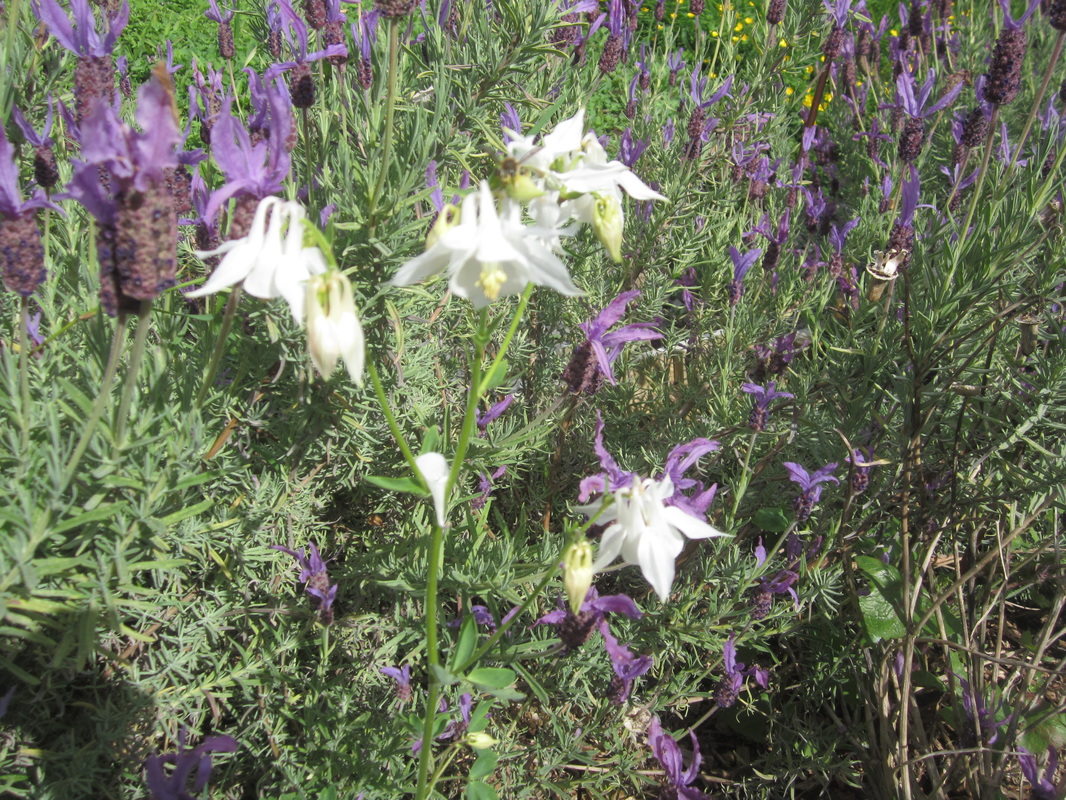



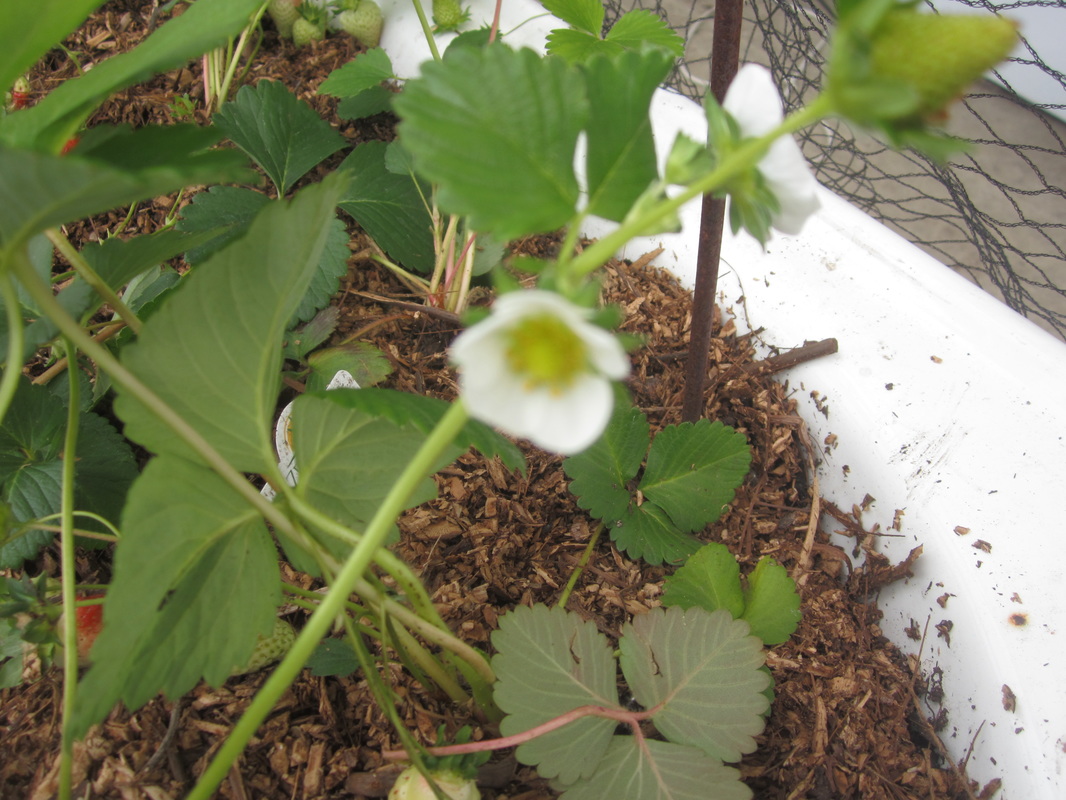
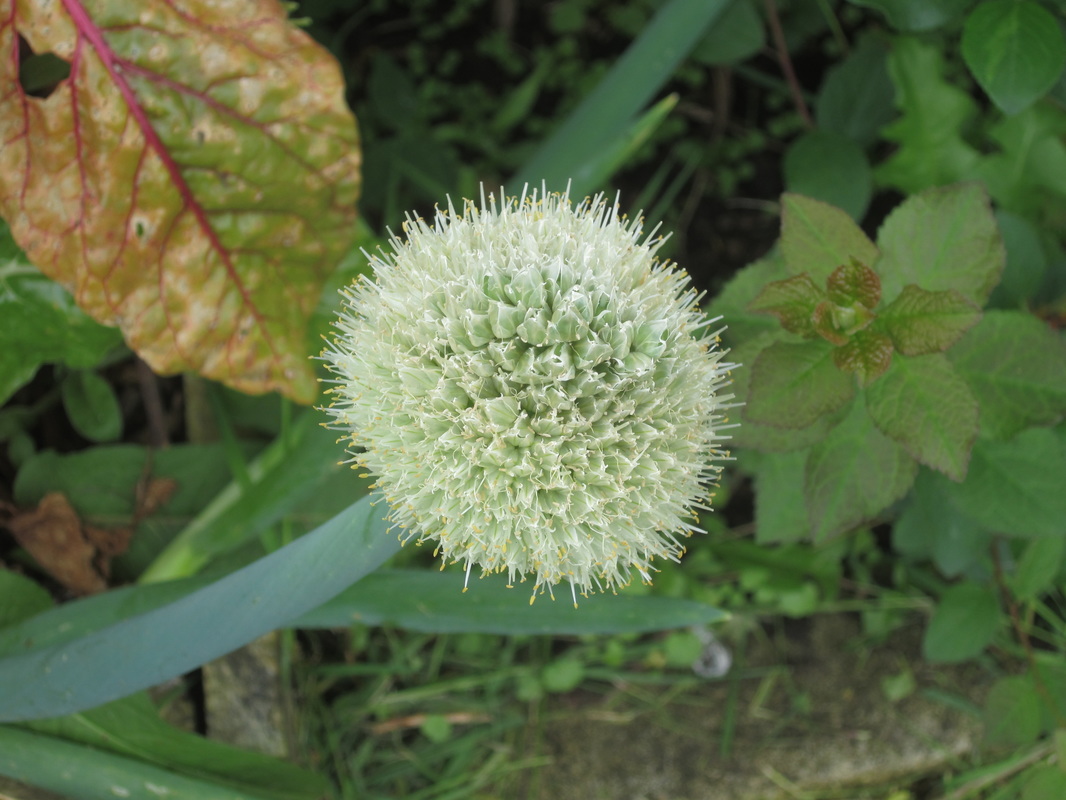
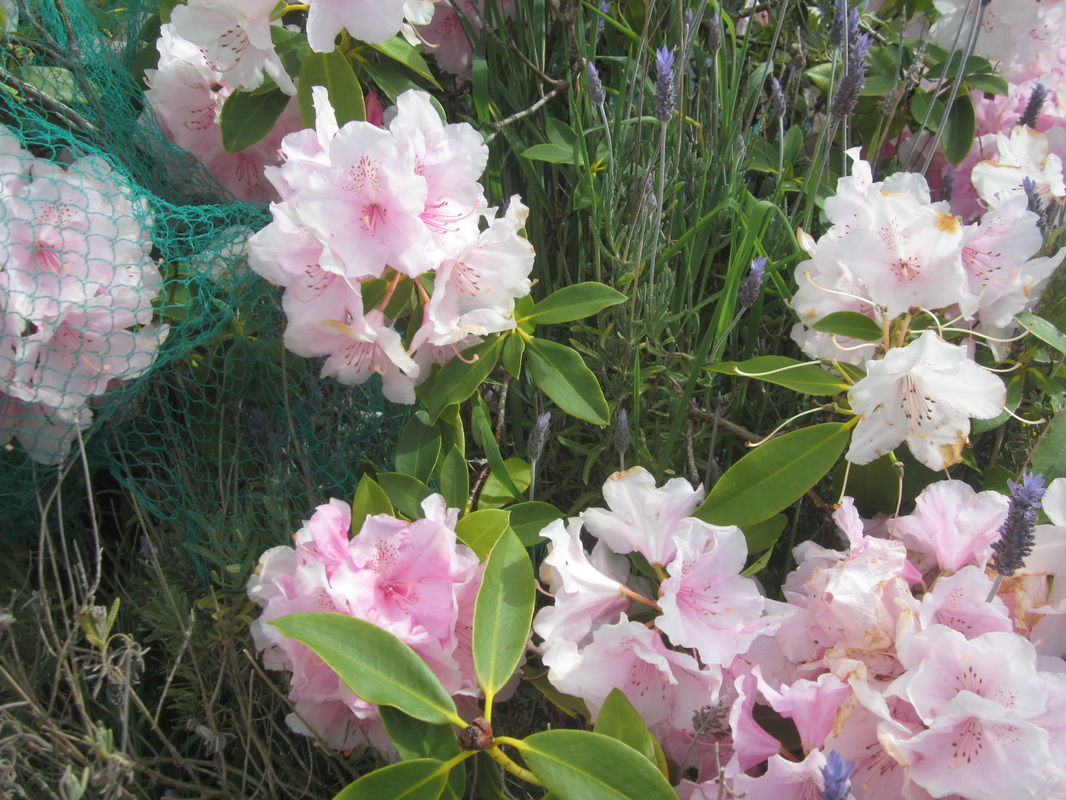

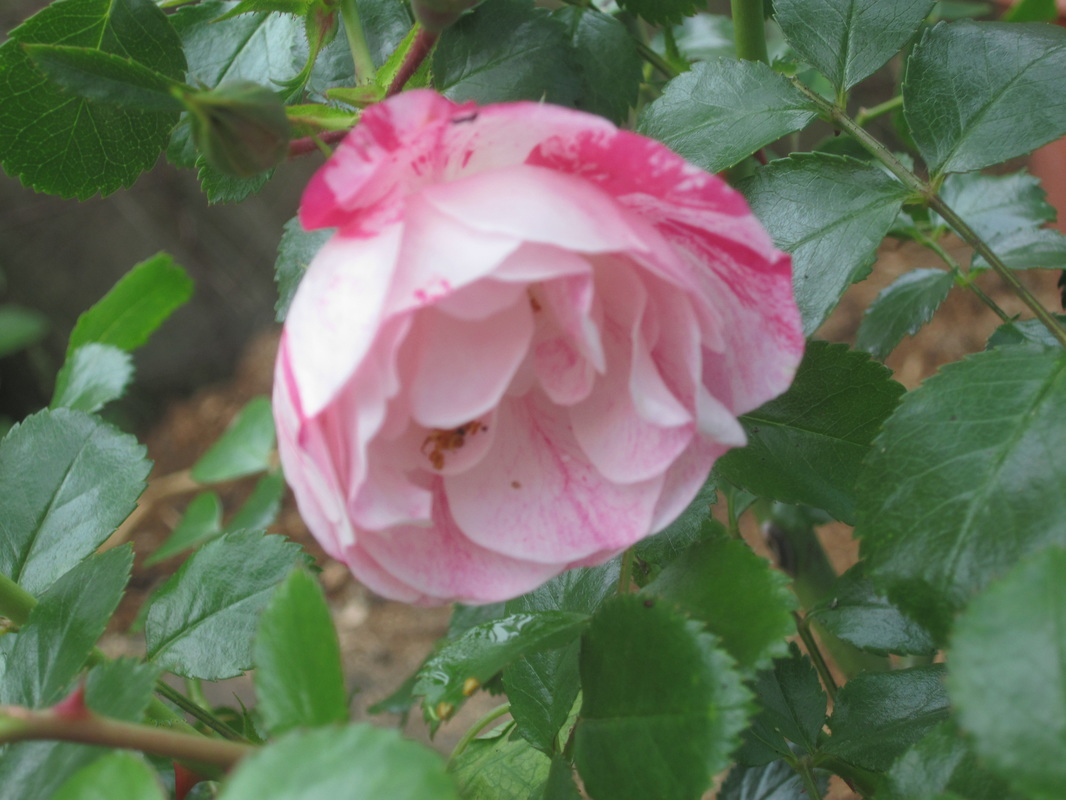
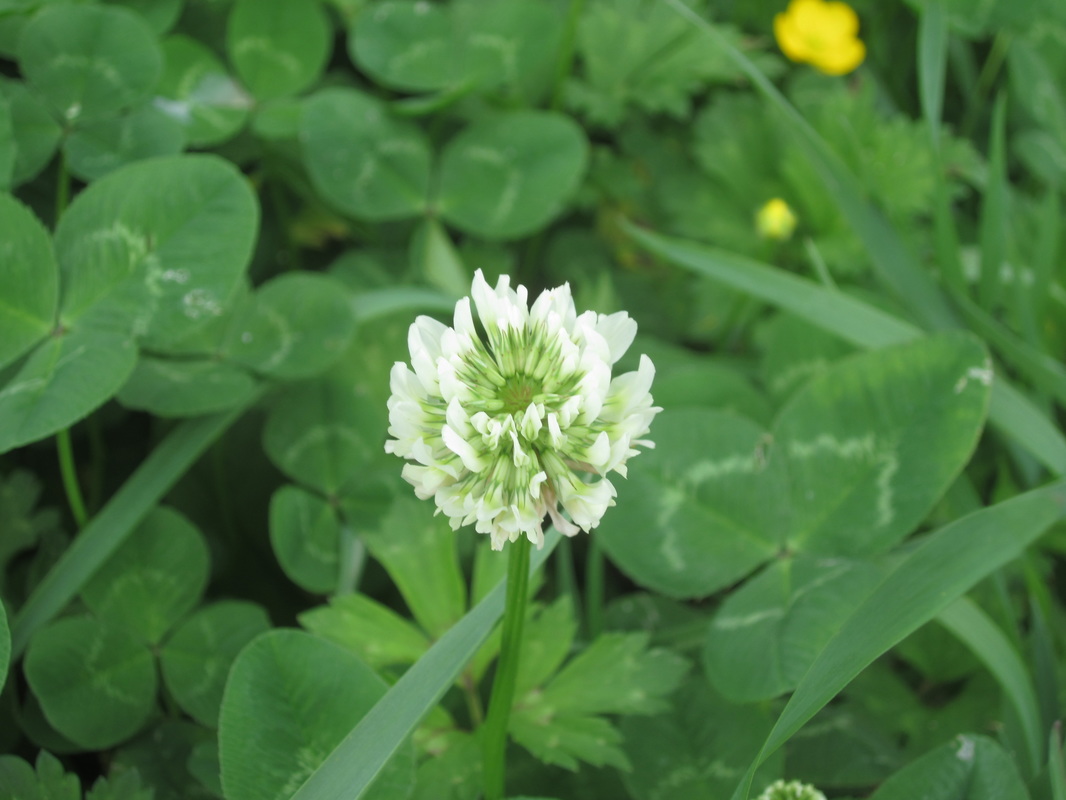

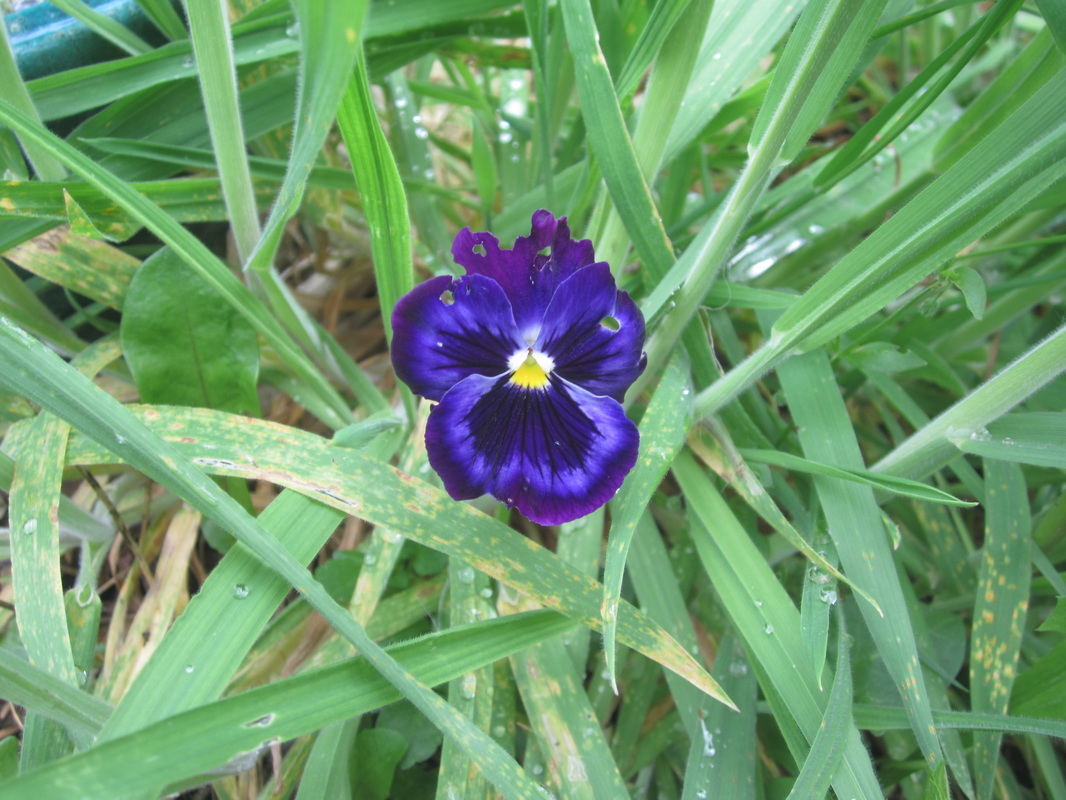
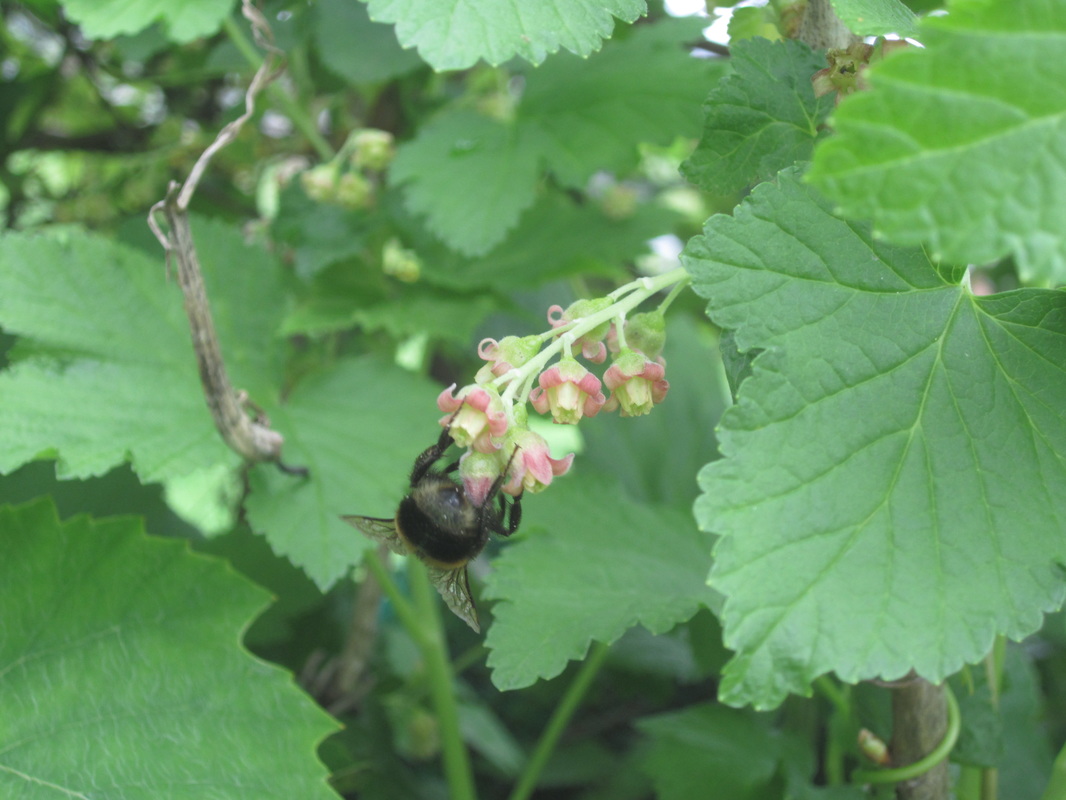
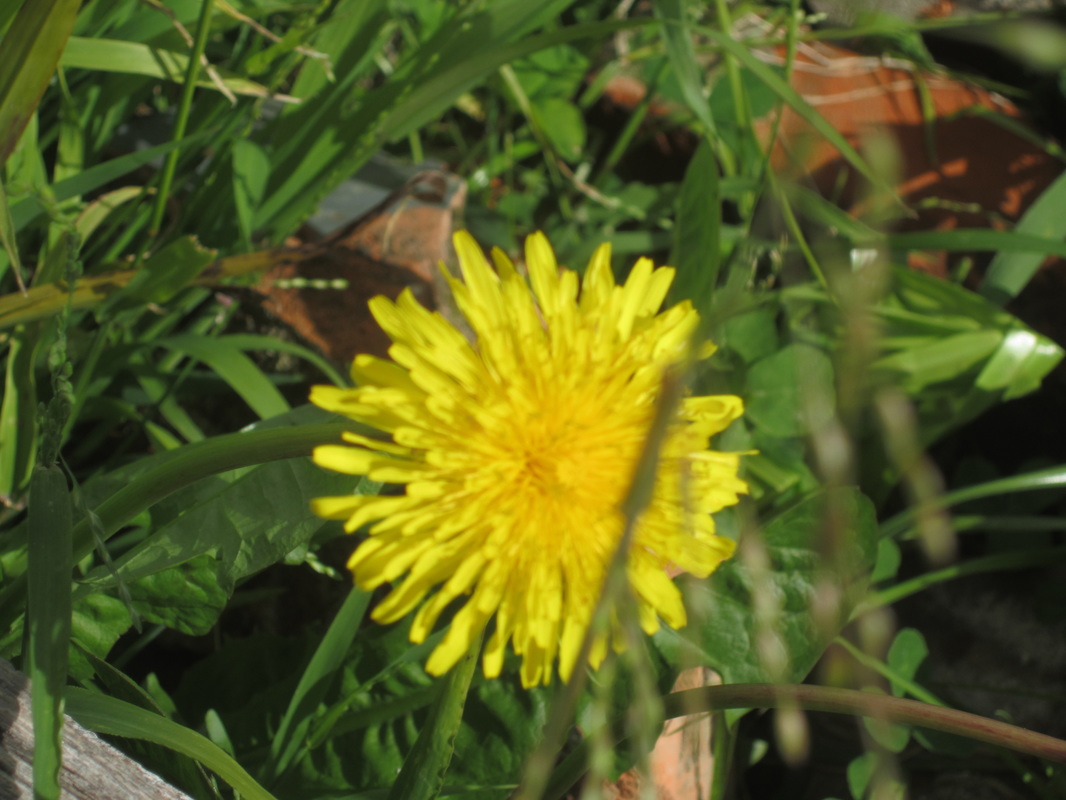



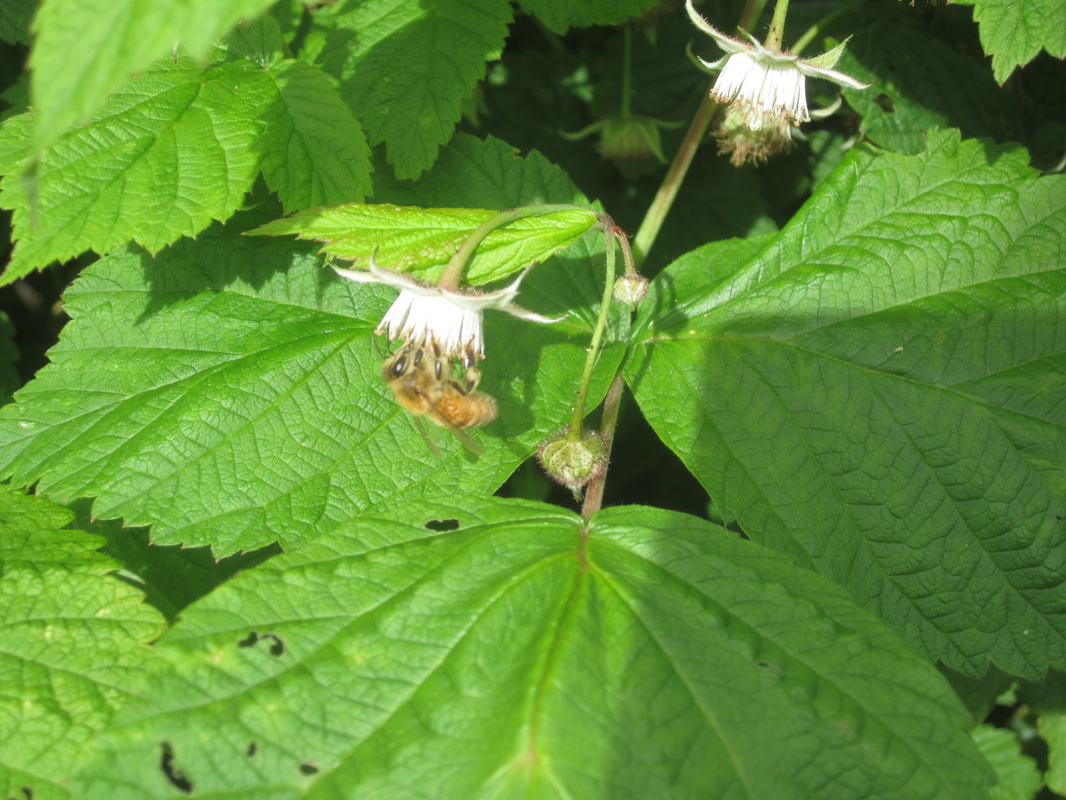
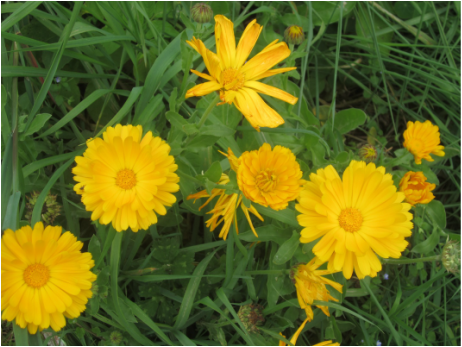


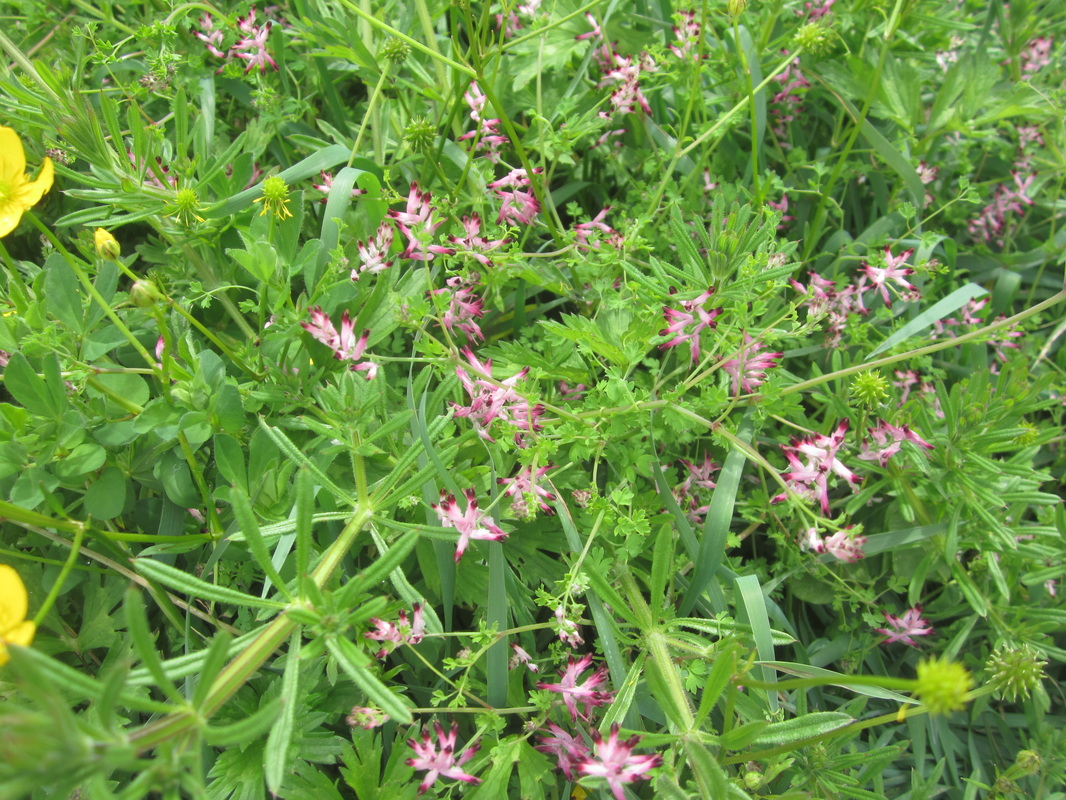
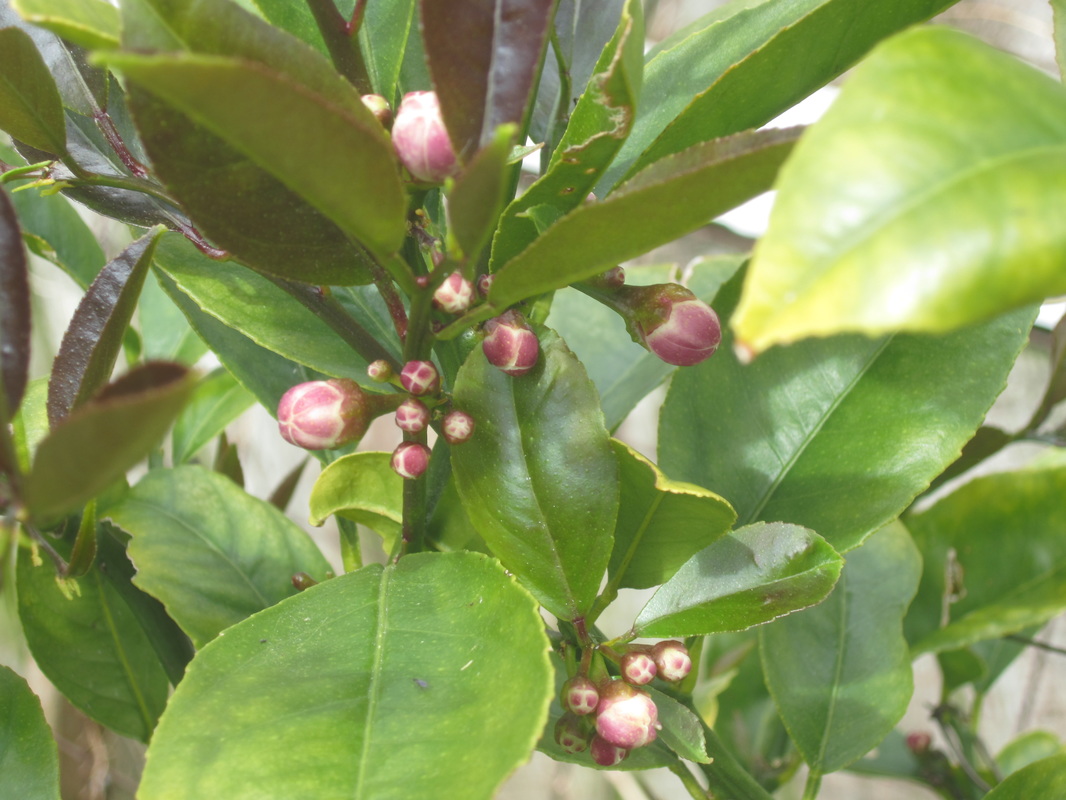




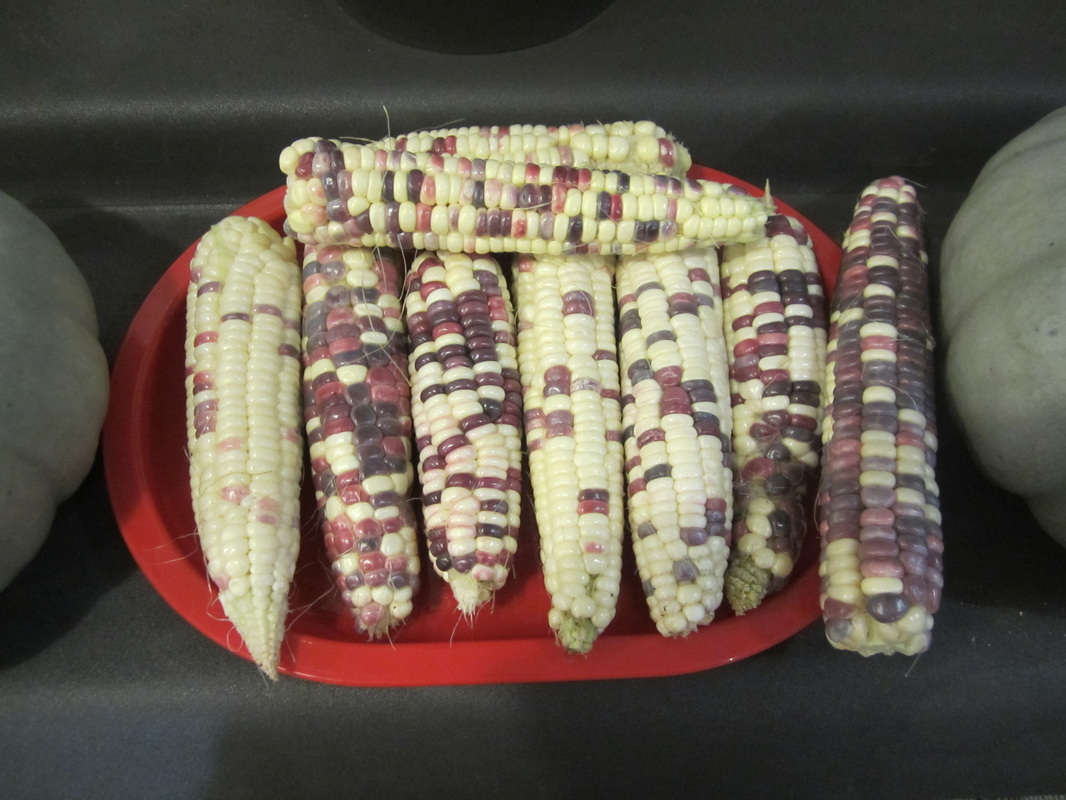
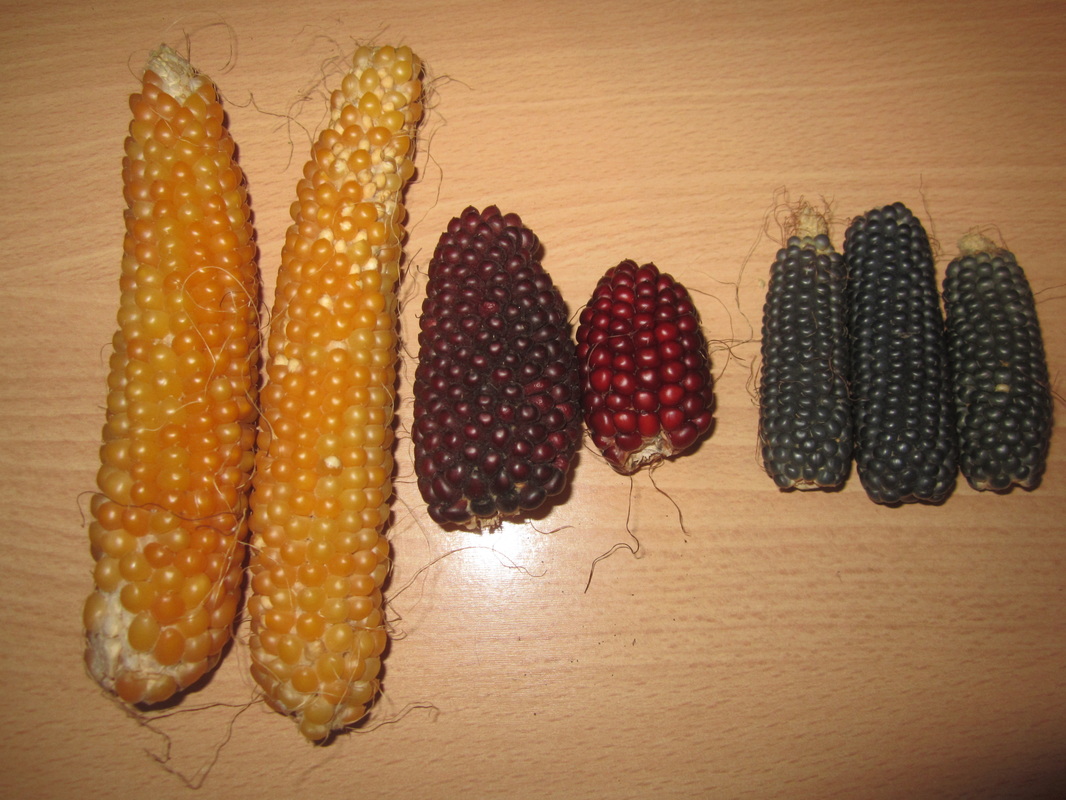

 RSS Feed
RSS Feed
